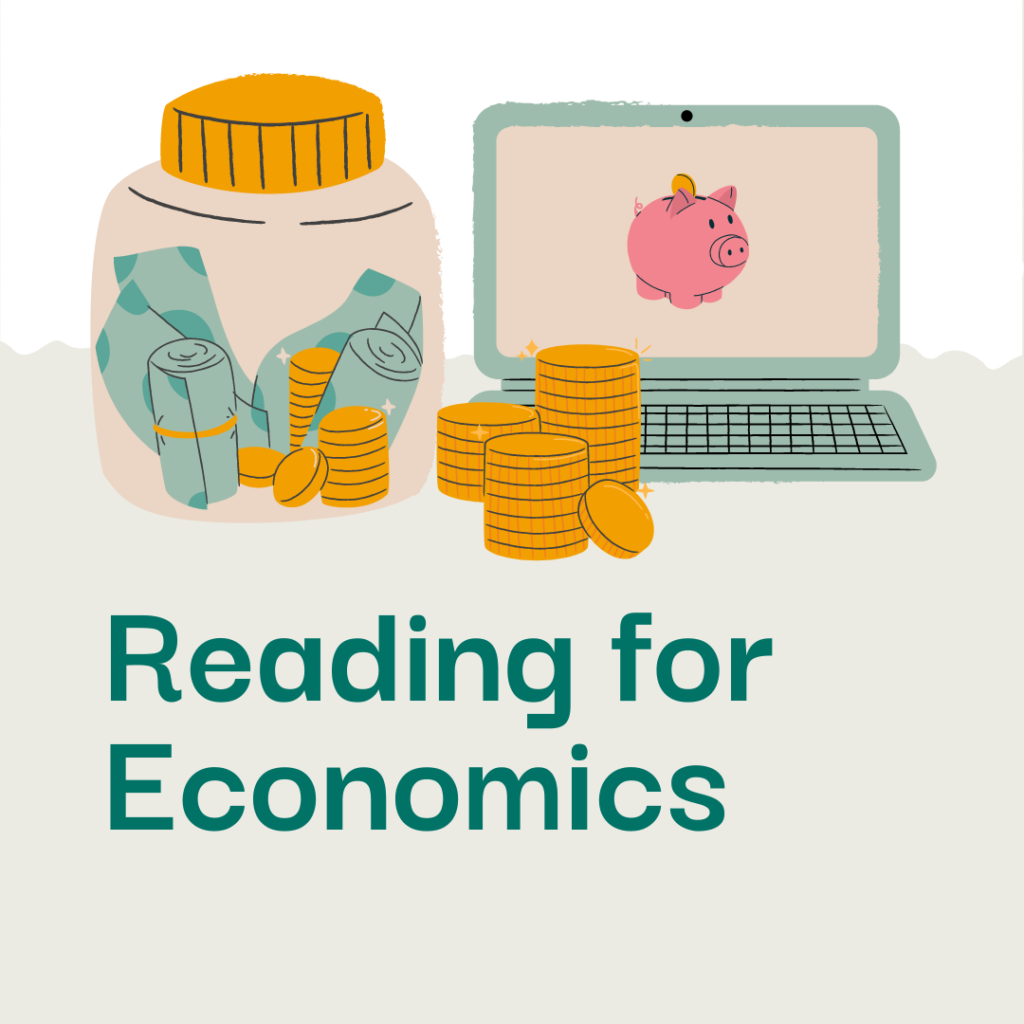by Audry Oliveira Carnivale
Economics is a subject that can be a little unexpected. One thing I used to ask myself before starting any reading for my economics classes was, what is the point? There is a good chance I won’t understand it anyway.
I am going to be totally honest, reading economic theory is boring as hell. Sometimes, I would read an entire chapter and have remembered absolutely nothing. Zilch. I wish I was joking. It was a weird dynamic since I had never really had an issue understanding my course readings, but these economists love to confuse me. The worst part of this process is the fact that I will feel as if I’ve wasted my time, and I love reading. I’ve had to try different methods of approaching their writing. Reading and writing is already extremely subjective. It is rough to accept the fact that I am almost 100% sure after reading that I didn’t understand it in the way John Maynard Keynes may have wanted me to. The struggle was real. The only reason I realized this was because I spoke with my professors about what I thought it meant and unfortunately, I was very wrong. Not that that wasn’t already expected. I am tired of watching my professor hold up their pointer finger and say “actually…” with a concerned look on their faces. Thankfully, I was able to talk it through with him. After our meeting, I reread the excerpt and it clicked.
It can seem like an unintelligible web of ideas that never seem to make any sense. There are many things to consider and frankly, it’s even more daunting when math is involved. My eyes get sore from going back and forth when they explain an equation or a graph. But we’ll get to that…
The best way to change this narrative in order to get that assignment done is to think of it in parts. After many trials, I realized that breaking it up would make the big picture less daunting and more productive. Thinking of economists like Karl Marx and Keynes’ ability to articulate some of the economy’s biggest questions in the most difficult ways possible is just so incredible and so not it. I guess the only question left is, “what now?”
Methods for reading economics:
- First off, I hope you like language learning because reading economics will force you to. I have caught myself looking up words for so many sentences and now I’m a vocab fiend. The iffy part is, the more I learn, the less I know. It can be irritating to realize you have opened a door only to find a million others. Even though this process may be grueling, it helps to understand what they are trying to say.
- Visualizing what is happening is also a game changer. If there is an example, visualize it. A well-known one is the pin factory. Adam Smith uses this to illustrate the division of labor. Rather than twenty individuals constructing one pin each, ten individuals could construct two hundred pins mastering only one section of it. Although this one is given, it goes to show that placing a story to a term can be beneficial. This is essential because having that constructed memory to fall back on will make it stick in your brain, especially if you’re a visual learner.
- Summarize what you read, write it down and get back to your professors. Reading this material can take a very long time, but it is worth it if you can process it. Someone once told me that you only really understood something if you can explain it in your own words. I noticed that I had the pieces, but I wasn’t connecting them in a way that showed I understood what I read. Active reading is crucial in these situations. Underline, ask questions and make comments that will be useful when articulating your ideas. Talking to professors after is extremely beneficial when it comes to grasping the material.
- The readings that involve math are just attempting to explain models for the economy and understand its fluctuations. All the letters represent something for the economy and will determine different aspects of it depending on each factor and the outcome. As for the graphs, they explain the specific things that occur within the economy at micro and macro levels. Similar to the previous statement, summarize what the graph is trying to denote.
Try it, these methods could be very helpful. Even if you don’t use them, new ideas can be built from them. Reading economic theories can be very discouraging sometimes, but these methods have been able to help me push past that and you can too.

